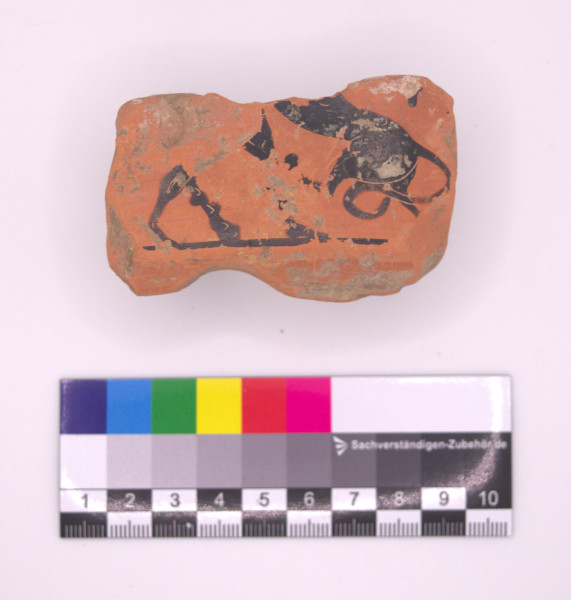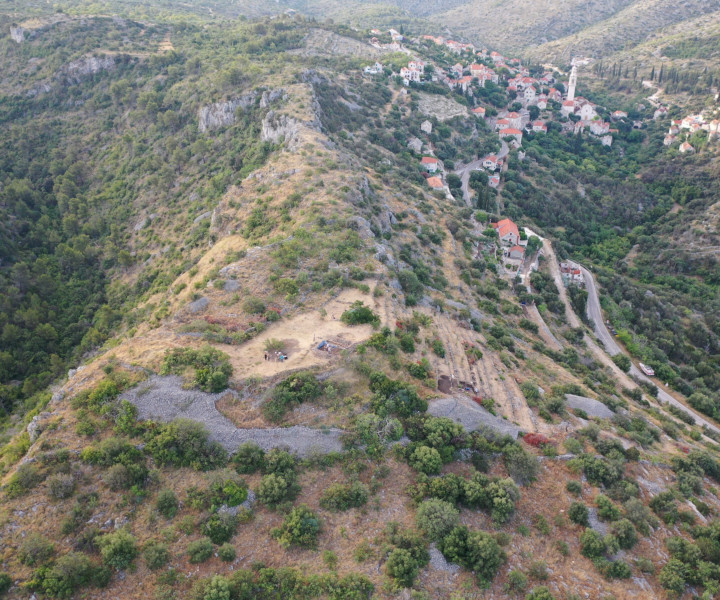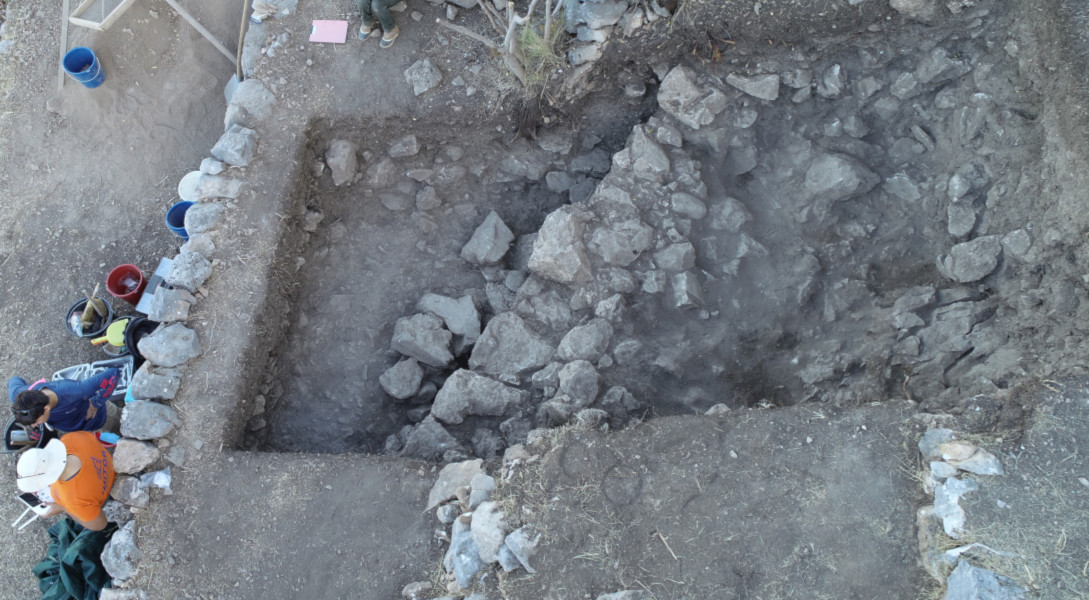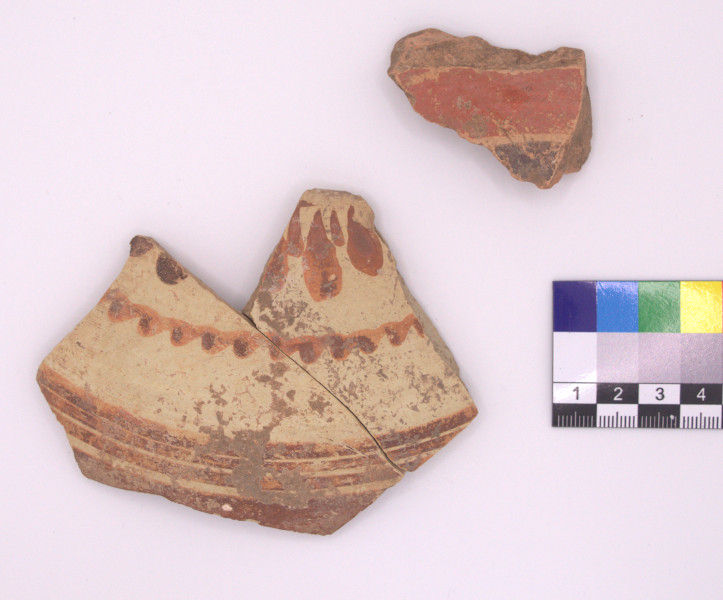
2024 Dana Grant Report: Brač Island, Croatia
Sarah James, University of Colorado, Boulder
This season of the Brač Island Project was incredibly fruitful and went well beyond our expectations based on last year’s excavations. We excavated on the site of Gradina Rat for five weeks from May 27 to June 28. The team consisted of myself, animal bone specialist Eden Franz, field directors Hannah Hungerford and Andrew Rivadeneira, and 10 graduate student volunteers. Three of these students, Tanner Frick, Claire Hook, and Louis Mainwaring Foster were generously supported by ASOR fieldwork grants.
We excavated this season in three areas: on the southern slope, adjacent to the 2023 trench, and at the northeastern corner of the plateau. Our goal this season was to gain more evidence to talk about the Late Bronze and Iron Ages at this site. Thanks to our previous seasons’ work, we knew how the natural bedrock impacted depositional processes at the site. For instance, we placed a 5x7m trench on the southern slope closer to the plateau than in 2022 and because we had learned that the bedrock dropped creating large pockets of undisturbed erosional fills. For this trench, we were able not only to unearth deep deposits that were radiocarbon dated to the 5th century BCE, but also locate a stretch of the original circuit wall of the hillfort(tentatively dated to the 10thc. BCE). This is an incredible discovery! Although hillforts are relatively common in the Dalmatian islands, archaeological evidence for their construction and use is definitely not. Local authorities immediately recognized its value and are working to conserve this 4m section of wall for future visitors to the site. The other two trenches on the site yielded more evidence of Bronze and Iron Age activities
Artifacts from the deposits above this terrace wall produced a truly remarkable range of imported Italian and Greek pottery dating from the 9th c. BCE to 1st c. CE, which suggests that this site has the longest occupational period of any hillfort in Dalmatia. It was therefore a busy season in the lab, assisted by Claire Hook, as we documented and catalogued hundreds of fragments of imported pottery. The local Bronze and Iron Age ceramics are being studied by Dr. Vedran Barbarić (University of Split)

We began presenting the results of these excavations in August 2024 at the annual meeting of the EAA (European Association of Archaeologists) and will spend part of next season preparing preliminary reports about the site. This grant will be warmly thanked as a supporter of this research which assisted with travel expenses and the analysis of C14 samples.
American Society of Overseas Research
The James F. Strange Center
209 Commerce Street
Alexandria, VA 22314
E-mail: info@asor.org
© 2023 ASOR
All rights reserved.
Images licensed under a Creative Commons Attribution-NonCommercial-ShareAlike 4.0 International License
COVID-19 Update: Please consider making payments or gifts on our secure Online Portal. Please e-mail info@asor.org if you have questions or need help.


